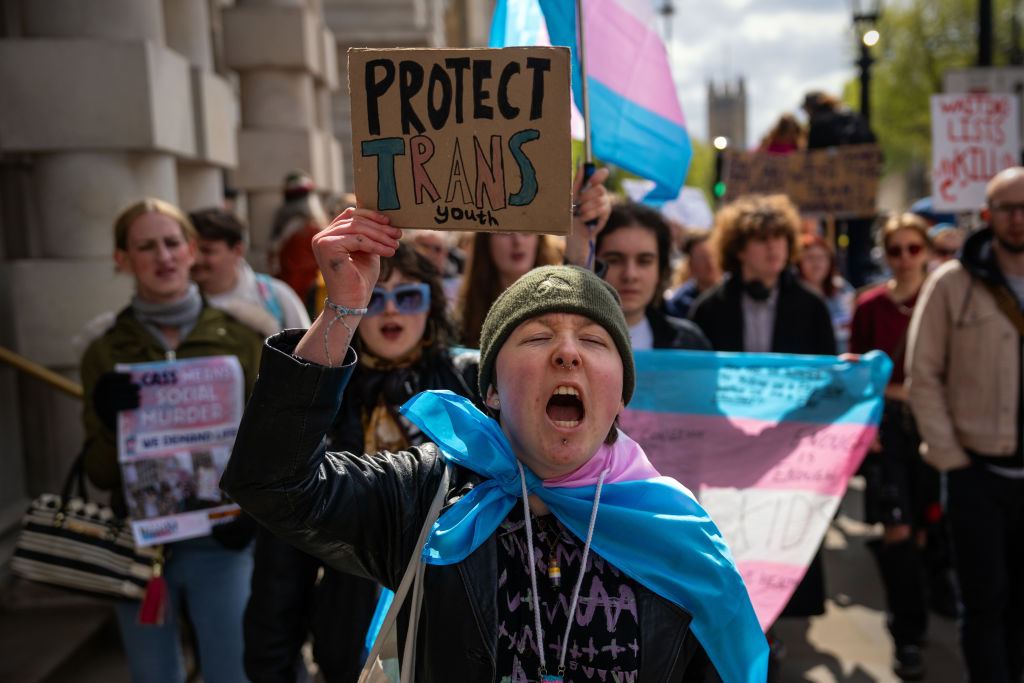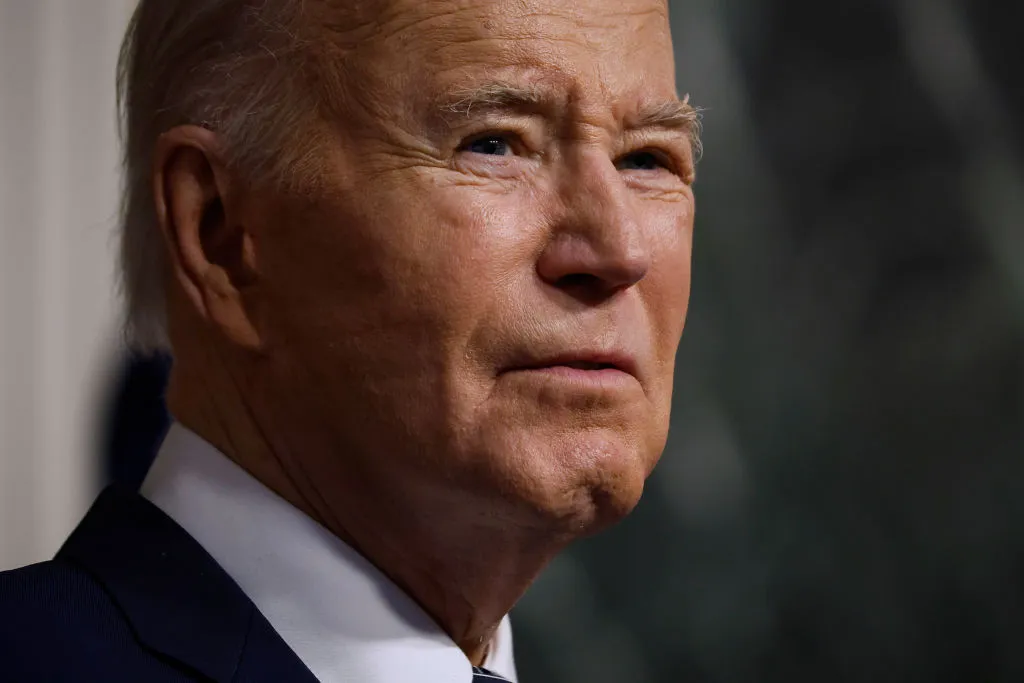Even now, hundreds of thousands of ordinary Americans just assume that there is a vast and vulnerable cohort of kids who are born “trans” and need so-called “gender-affirming care.” They look at the protests and listen to progressive politicians and assume that there must be at least some evidence that pediatric medical transition helps children in distress.
It would be unthinkable to have put children through all this for nothing, and for American medics to have gone along with it all. But the awful truth is that there is no evidence that allowing children to transition actually works in any meaningful sense. An analysis recently published in the Journal of Sex and Marital Therapy has finally cut through the noise with a simple but devastating tool: a calculator.
And as you read the evidence and absorb its implications, consider also that the European Commission is about to propose new legislation that would allow any European citizen, of any age, to legally change gender without consulting a physician or getting their parents’ permission and support. And under the proposed legislation, any nation that objects would be subject to having all its EU funding cut off.
The paper, by my colleague, Lauren Schwartz, a senior fellow at the non-profit Do No Harm, and M. Lal, uses the medical establishment’s own numbers to check its work. The conclusion is disturbing, suggesting that a medical scandal is unfolding on a scale that has been dangerously underappreciated.
In short, the article shows that, even according to the standards of those who would help children to transition, there is simply no justification for the mass medicalization of healthy children under the guise of “gender-affirming care.”
The harms are significant, including diminished bone density, cardiovascular disease and infertility
The authors’ method is simple. First, they establish a clear baseline for the number of adolescents who meet gender activists’ own “clinical” criteria for gender dysphoria. They do this by synthesizing three major reviews co-authored by ten of the key figures behind the most recent World Professional Association for Transgender Health (WPATH) standards of care – the very guidelines cited by proponents of medical transition. These WPATH-aligned professionals estimate the prevalence of the clinical population to be around 4.6 to 7.5 per 100,000 individuals.
Next, the authors compare these numbers with recent data on how many adolescents are actually being diagnosed and treated. They cite a study from this year in the journal JAMA Pediatrics which found that approximately 100 out of every 100,000 American adolescents received puberty blockers or cross-sex hormones between 2018 and 2022.
The discrepancy between the clinical population and those receiving treatment is staggering – a gap greater than one order of magnitude. According to the field’s own standards, more than 92 percent of kids receiving these interventions fall outside the clinical threshold for severe gender-related distress. Yet these are also vulnerable, confused kids, often struggling with a multitude of behavioral health challenges.
Lisa Littman was among the first researchers to observe such a troubling trend beyond baseline prevalence: a surge of adolescent girls suddenly identifying as transgender despite no earlier signs of gender-related distress.
In 2018, she published a study based on parent reports, introducing the term “rapid-onset gender dysphoria.” Rather than sparking thoughtful inquiry within the field, her work was met with intense backlash.
But Littman was on to something. Her early observations pointed to a powerful influence: the role of social contagion and online communities. These platforms often amplify certain narratives, contributing to a surge in self-identification that far exceeds the true clinical population.
Moreover, this troubling trend isn’t just confined to the United States. Britain has seen a similar phenomenon with a rapid rise in diagnoses beyond any prior prediction. Another study from this year found a 50-fold increase in gender dysphoria diagnoses in UK primary care for children and young people between 2011 and 2021.
The Schwartz and Lal analysis provides the chilling answer to what this really means: a profound shift from treating a small, well-defined clinical group to medicalizing a much larger, overwhelmingly non-clinical population. It’s no longer a vague feeling that “too many kids are being medicalized.” It is a specific, quantifiable crisis.
Yet even among the minority of children who do fall within the clinical population, puberty blockers and hormones aren’t the answer. Multiple systematic reviews reveal no reliable evidence of benefit. The harms, however, are significant, including diminished bone density, cardiovascular disease and infertility – to name just a few.
What these struggling kids need is psychosocial support and psychotherapy. In that regard, countries such as England, Finland and Sweden are now leading the way in restricting medicalization and focusing on psychological and psychiatric care, while around them many in the EU double down.
Simply put, subjecting children to dangerous medical interventions in the name of “gender-affirming care” is never justified.
The scale of the problem is no longer a matter of opinion; it’s a number. We now have the data to demand accountability and we must do just that. We must use this new evidence to ensure that we protect vulnerable children by returning to a standard of care that is cautious, ethical and, above all, evidence-based.
This article was originally published in The Spectator’s October 27, 2025 World edition.


























Leave a Reply